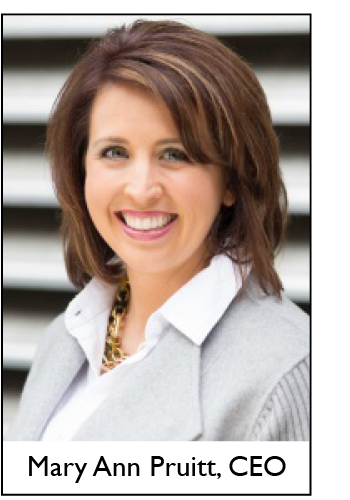Google Expands its Range of AI Tools

June 12, 2023
As the world’s top seller of online ads by revenue, Google has announced that it is testing a host of new uses for generative artificial intelligence in its campaign creation tools, an upgrade that it says should ease the workflow of digital marketers. AI has become a large part of Google’s response to a slowdown in search growth and growing competition from platforms like TikTok and Bing. The company also views AI as a way for marketers to navigate big changes like the deprecation of third-party cookies in its Chrome browser, which will begin in the first quarter of next year for some users.
So how will marketers use these new Google AI tools?
Paid Search
 Google is adding an updated experience into Google Ads that promises a faster way to launch paid search campaigns. Marketers can submit a website link into the program, which Google AI will then scrape and summarize. The output can be edited by human hand, with Google then generating keywords that align with a brand’s desired value proposition, which can be further evaluated for accuracy. Finally, the feature creates suggested text headline descriptions along with images pulled from both the marketer’s website and a stock library. It also features an ad strength meter to help marketers assess its potential effectiveness.
Google is adding an updated experience into Google Ads that promises a faster way to launch paid search campaigns. Marketers can submit a website link into the program, which Google AI will then scrape and summarize. The output can be edited by human hand, with Google then generating keywords that align with a brand’s desired value proposition, which can be further evaluated for accuracy. Finally, the feature creates suggested text headline descriptions along with images pulled from both the marketer’s website and a stock library. It also features an ad strength meter to help marketers assess its potential effectiveness.
Google is also leveraging generative AI in order to make paid search ads more relevant to queries. Last year, they introduced automatically created assets (ACA) that analyze the marketer’s landing pages and existing ads in order to produce new headlines and descriptors for search. Soon, ACA will receive enhancements from generative AI so that it can better adapt to specific searches.
Product Imagery
While their new ad-text capabilities mostly improve upon existing features, a new generative image tool will offer ad buyers a more substantial upgrade to Google’s offerings. It can create images to be inserted into what Google calls Performance Max ads, which appear on Google apps and websites automatically selected by Google’s algorithms.
Google is also rolling out a feature called Product Studio to assist e-commerce merchants in making a higher volume of product imagery at a lower cost. The tool comes with three features: Adding background scenes that can be tweaked to match specific occasions or seasons, removing undesired background images, and improving the image resolution. Product Studio will be made more widely available in coming months via Google’s Merchant Center Next portal and also through the Google and YouTube app on Shopify. Early pilot programs are being targeted at a select group of smaller businesses that don’t typically have the resources to scale these types of efforts.
Competitive Efforts
Google is racing to keep up with similar efforts from their competitors. Meta Platforms recently showcased an AI Sandbox tool that lets advertisers create multiple versions of text copy, generate background images based on text inputs, and automatically crop images to best suit different placements on its various apps, as well as additions to its Meta Advantage automated ad suite. Amazon is hiring for a team to work on advertiser-focused generative AI projects, according to job postings, and Microsoft has also been aggressively promoting their revamped Bing search engine and chat interface that is supported by OpenAI, the company that developed ChatGPT.
In response, Google is experimenting with a Search Generative Experience (SGE), that is beginning to run AI-generated search and shopping ads in order to see how users react. These placements appear similarly to traditional search, including with a bolded sponsored label. But given SGE’s limited availability, it may be hard to measure results against traditional search, for the time being.
While Google is offering the new features to advertisers for free, the tools could serve to increase its revenue if AI-generated text and images encourage businesses to place more ads, or improve their performance with consumers. Google’s dominant role in online ad sales means the industry could be one of the first to broadly incorporate generative AI into its workflows.
Google’s “search and other” category pulled in nearly $40 billion last quarter, and its search engine dominates market share in the US at 91%, so they have the most to lose by falling behind in the race to incorporate AI into their marketing tools. Stay tuned for more updates, and don’t hesitate to reach out to us for more information or assistance in leveraging these new tools in your next campaign!


